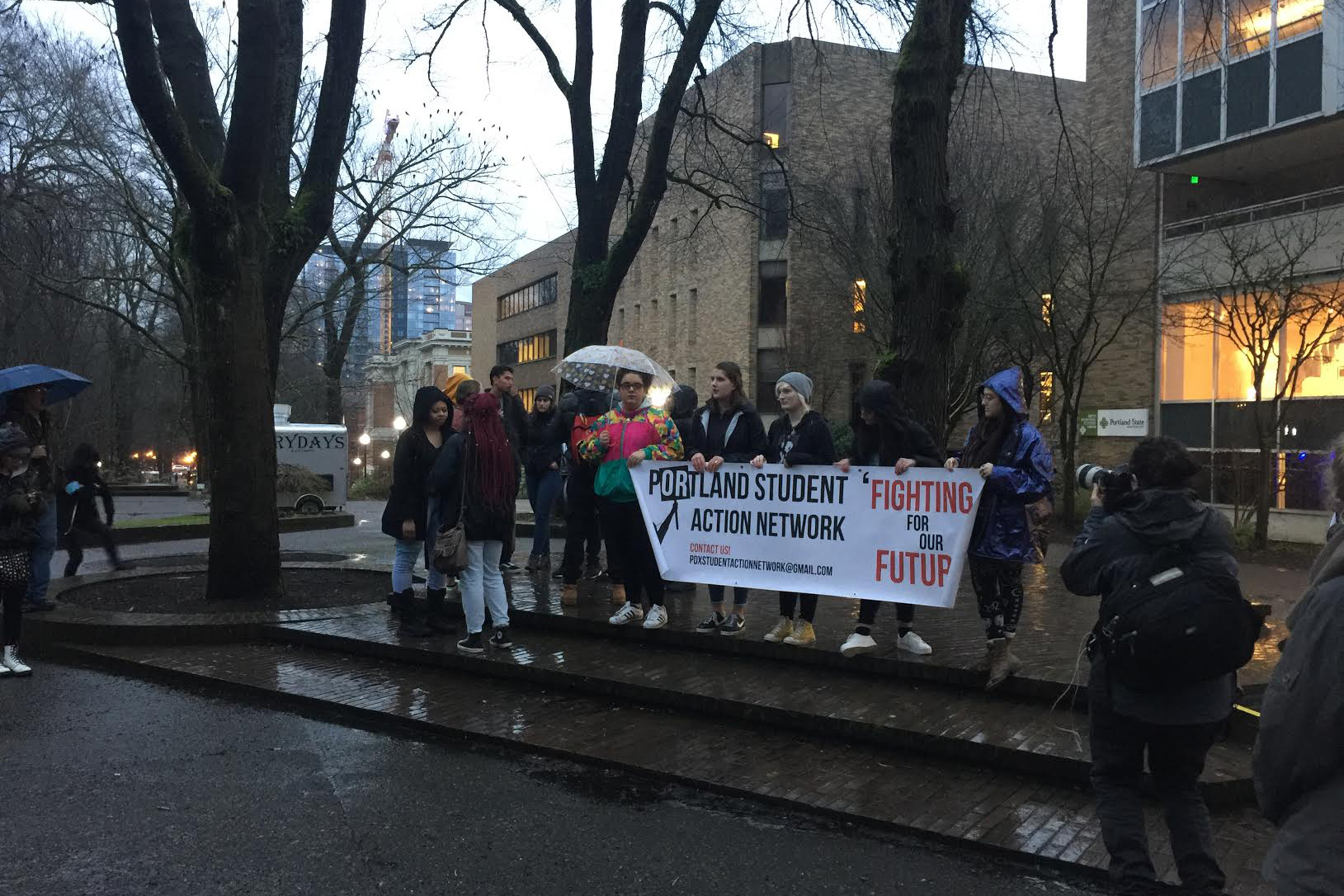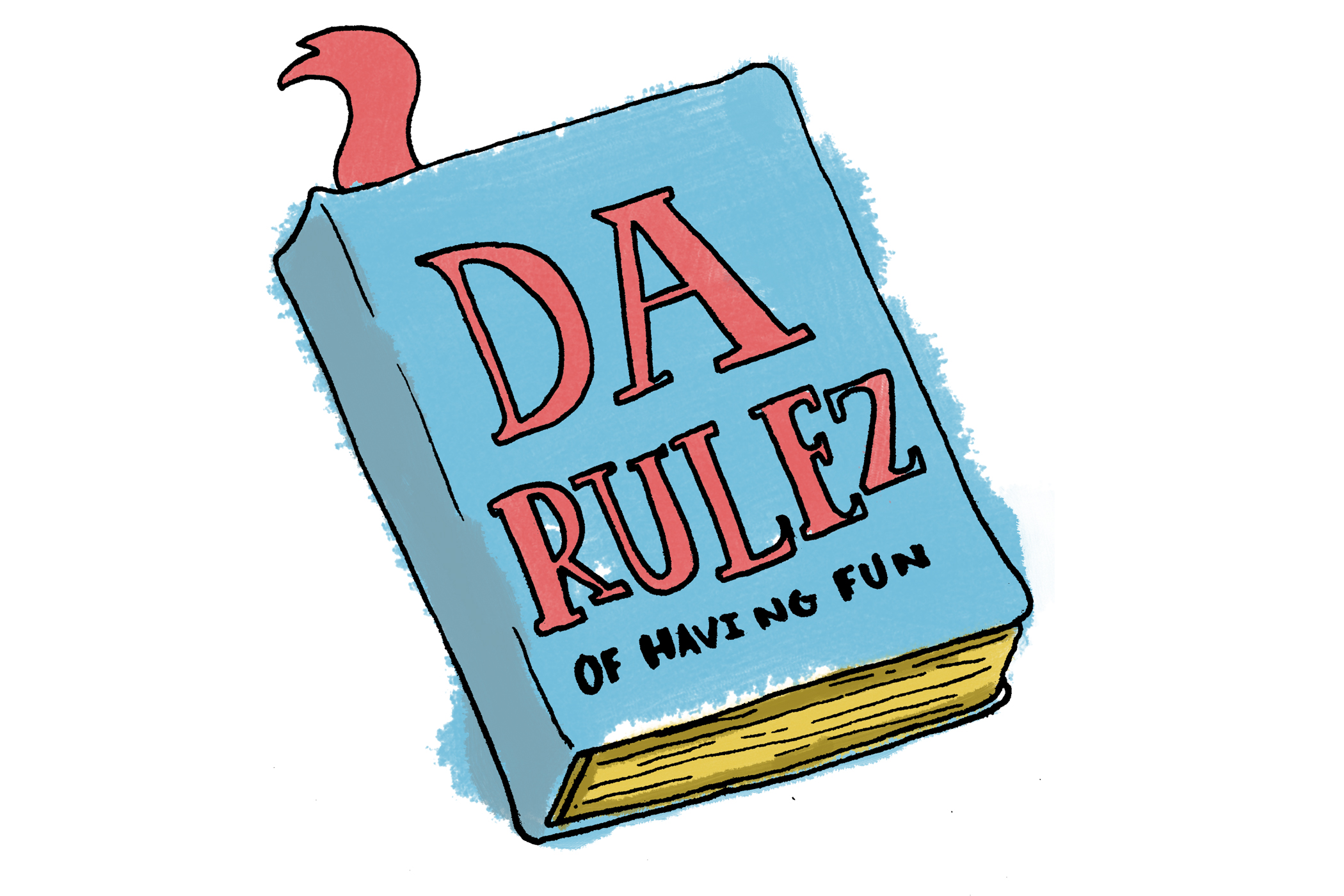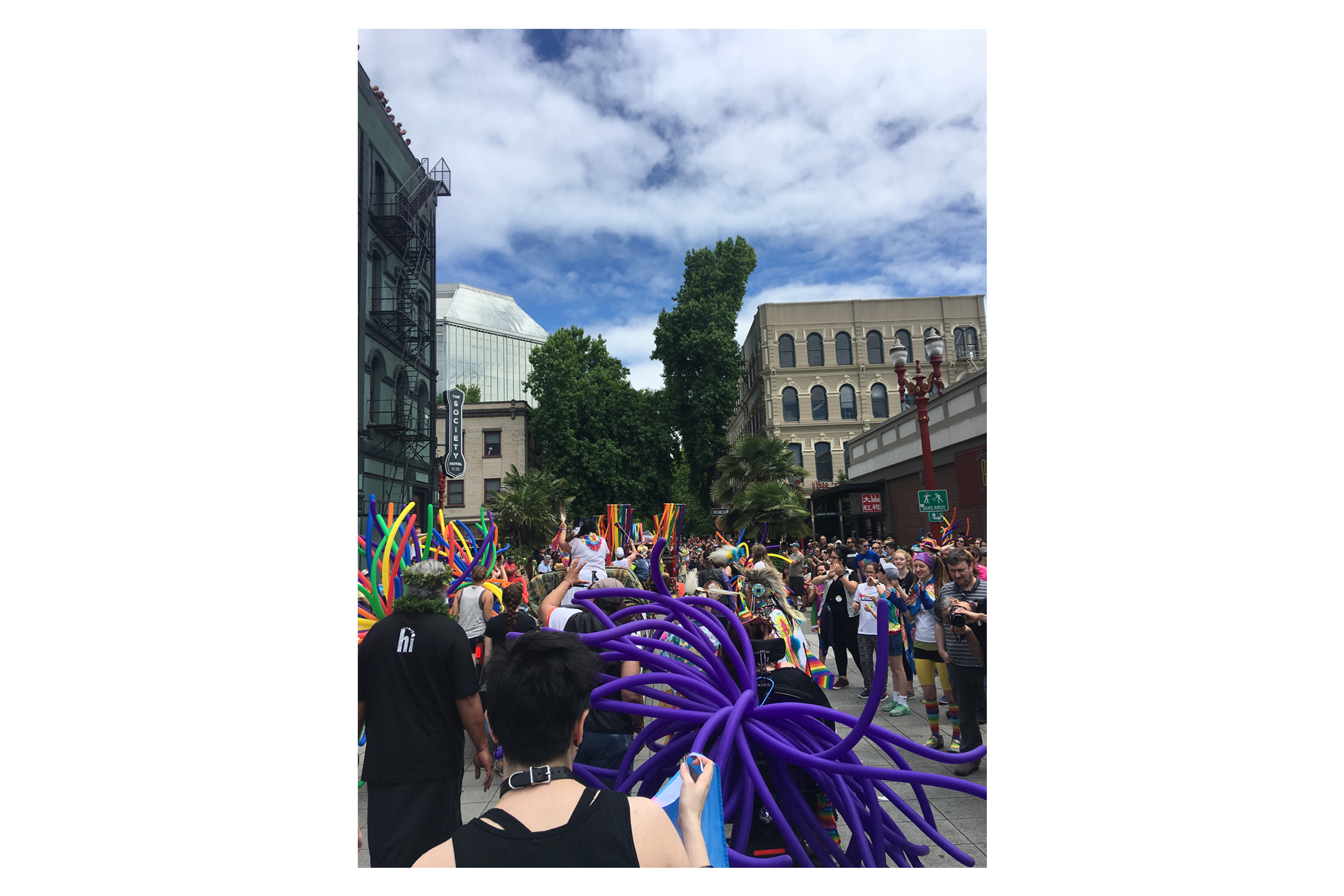Hundreds of students and local residents gathered in Portland State’s park blocks Thursday, Feb. 16 for a rally organized by the Portland Student Action Network, a high school social justice group. The rally was organized in the wake of 17-year-old Quanice Hayes’ fatal shooting by Portland police. Speakers and attendees discussed the treatment of young black men by police in Portland and demanded justice for Hayes’ death and police transparency.
Hayes was fatally shot three times in the chest by police at 9:20 a.m. on Thursday, Feb. 9. Police had identified him as a suspect in an armed robbery outside a Northeast Portland motel. Police report that a replica gun was found near the body, but no other details have yet been released.
Officer Andrew Hearst, who fired the fatal shots, has been placed on administrative leave. Hearst is a seven-year veteran of the PPB and was one of the officers responsible for another fatal shooting of 50-year-old Merle Hatch in 2013.
“This event is being organized with the permission of family members and friends,” stated the event’s Facebook page. “On the request of the family, we ask that this be a peaceful demonstration.”
The rally began at around 5:40 p.m. on the PSU campus, where speakers implored the city of Portland to listen and take action to reform police procedure in order to prevent any future shootings.
“People being shot in the streets for being black is not okay,” said speaker Gregory McKelvey, a well-known activist in Portland. “In all the meetings I ever had with our city government, whether it was with Charlie Hales or when I was meeting with Ted Wheeler—they like to hang their hat on the fact that we hadn’t had a shooting of a black male, or a black anybody, or anybody for a long time. And I kept asking them, well, what’s going to stop them from it happening tomorrow? And then it happened. And now we get no answers.”
Another speaker recalled her memory of Hayes, whom she’d known since middle school, describing him as one of the nicest people she’d ever met and how dedicated he was to his family. Prior to this speaker, a moment of silence for the loss of Hayes was held by the crowd. Some participants held single burning candles as the smell of burning sage drifted in and out of the small, dense crowd.
Members of the crowd spoke of their own fears sparked by the incident: “I am here really to show support for the family of Quanice Hayes and the community, mostly African-American community and community of color here in Portland that continues to be over-policed and treated with excessive force and criminalized,” said crowd member Dana. “I grieve for the family and want to keep holding the police accountable for their actions.”
After about an hour, the rally left the PSU campus to march. Crowd members could be heard chanting, “Quanice Hayes, say his name,” along with various other chants.
“I’m deeply troubled about the loss of life that we experienced,” said crowd member Connie Limbrick. “I think that people who have been accused of a crime deserve a trial and should not just be shot down in the streets. I’m glad to be here with all the students who are also concerned.”
Police presence was initially minimal; however, at around 7 p.m., police tweeted out about protesters throwing signs and cones into the street around SW 2nd and Oak Street. The protest organizers had not requested a permit for the march.
According to Koin 6, one individual, 19-year-old Zachary Lange, was arrested on riot charges due to an altercation with a driver.
On Nov. 21 another protest organized by Portland high school students resulted in the arrest of McKelvey and two other prominent activists in Portland: Kathryn Stevens and Micah Rhodes. Shortly thereafter the students released a statement contesting PPD’s statement that McKelvey was organizing and influencing Portland youth to disobey police orders.
The letter stated: “Yesterday, the Portland Police Bureau fabricated their own narrative. They claimed outside groups were prompting students to get involved in dangerous protests. This is a lie that was seemingly meant to discourage youth from participating in a nonviolent demonstration.”
Additional reporting by Jon Raby.






